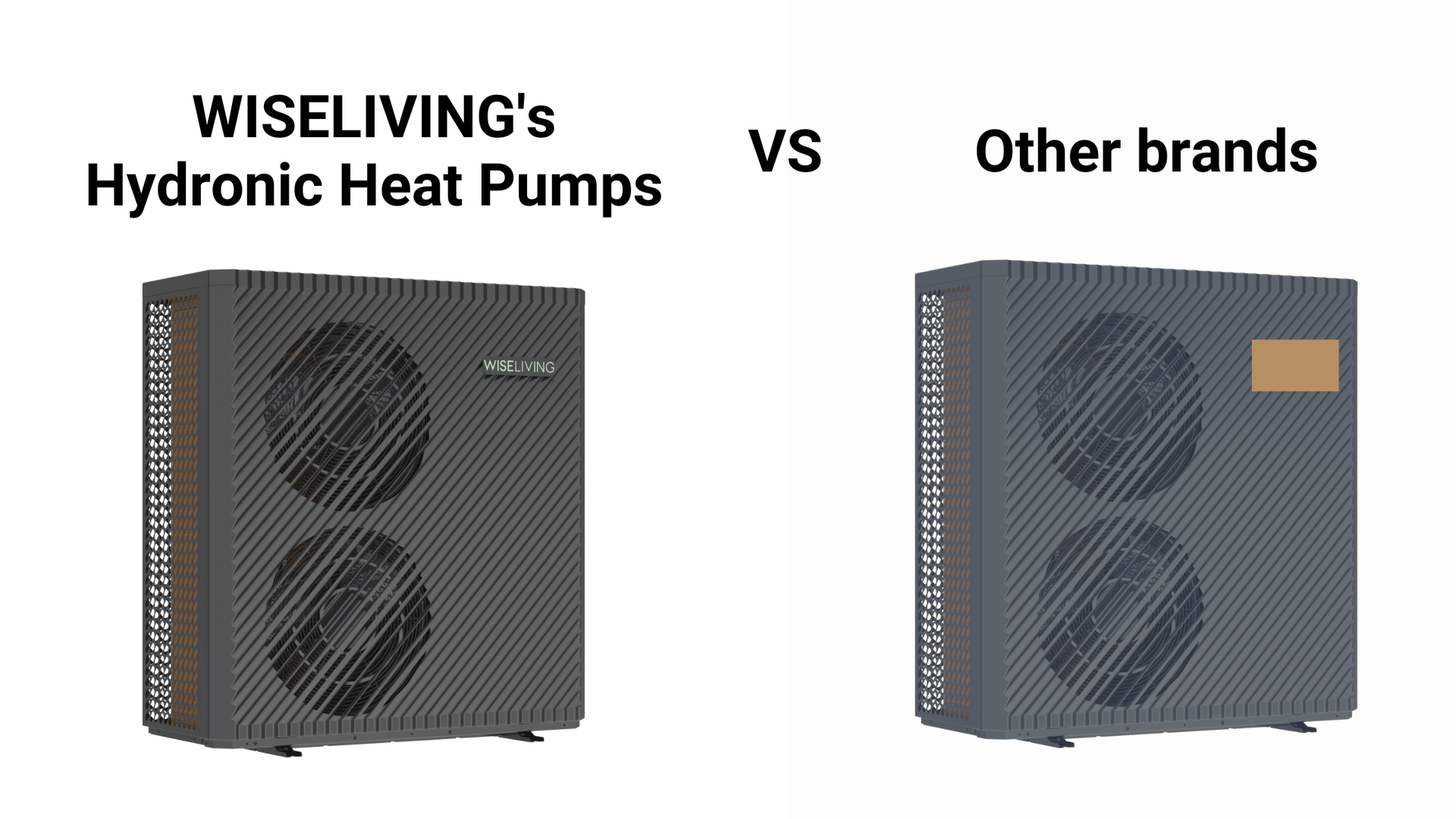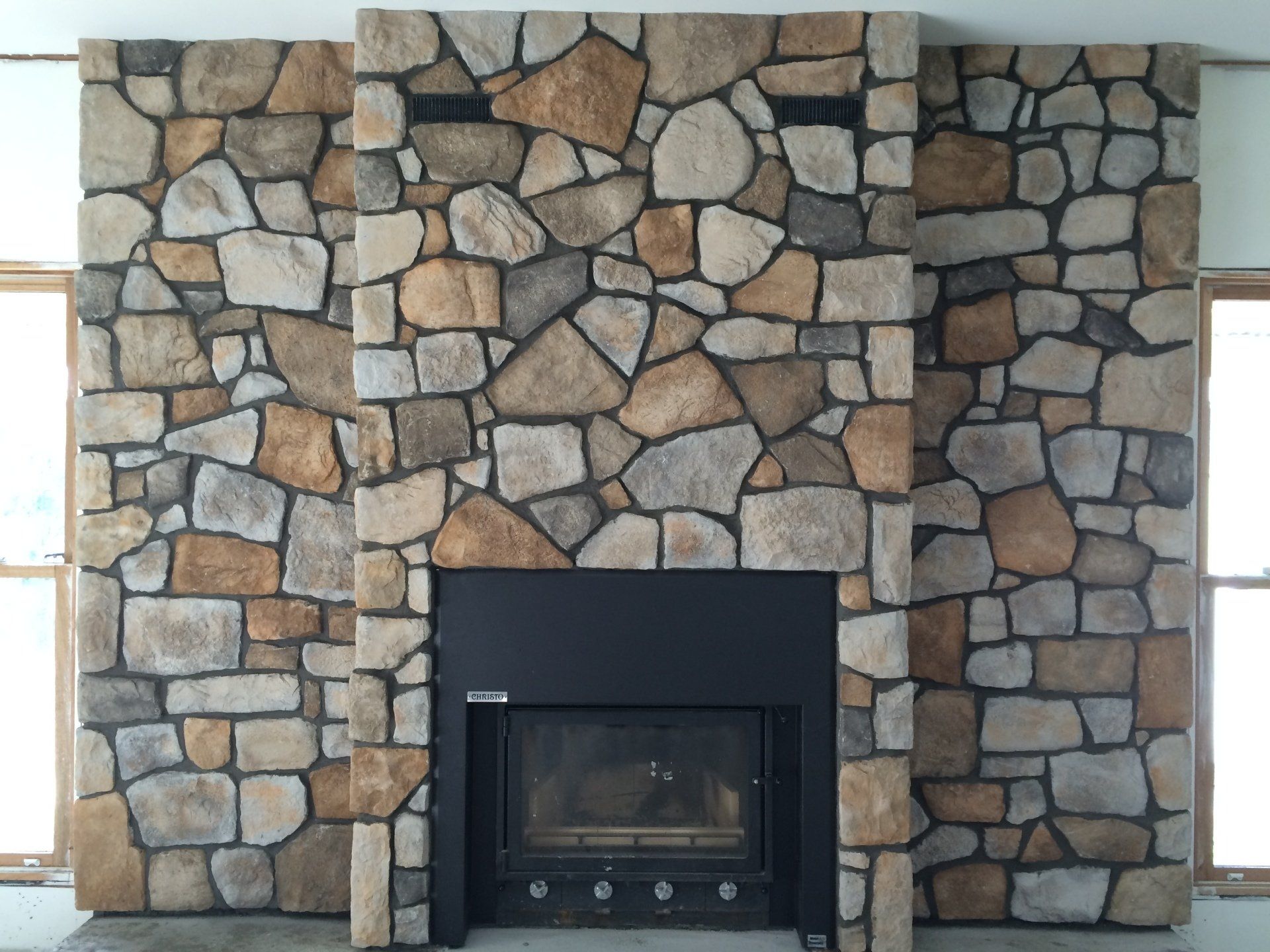Frequently Asked Questions
Looking for a quick answer to a question? Check out our FAQs
below. If you can't find the information you are looking for here or you'd like to get more detail please don't hesitate to contact
our friendly staff.

In finding the best hydronic heat pumps for your home , there are now several options to choose from. While all of them are designed to be energy efficient and to supply heating, cooling, and hot water to your home, they are not at all created equally. In this post, we have put together a comparison table between WISELIVING hydronic heat pumps and the competition, looking at the factors that make the best heating or cooling system units. Heat pumps factors to consider Output Capacity: This is the ability of the heating or cooling system to heat or cool a specific space, expressed in kilowatts (kW). With a bigger space, one would need a higher output capacity. In choosing the hydronic heat pump that best suits your home, factors to consider include heat loss, property age, and types of room. Typically, a 100-square-metre house needs 8kW for in-slab or 12kW for radiator heating. As the space of the house increases, so does the required output capacity. Physical Unit Weight: The physical size of the unit can be in height, width, depth, and weight. Along with the output capacity, choosing the correct size of the heat pump will help in keeping your home efficient and sustainable. Energy Efficiency Ratings: The higher the Energy Rating is, the more energy efficient the appliance is. This means utilising a lesser amount of energy to perform the same functions compared with other brands or units, with similar size and capacity. With heat pumps that have a higher Energy Efficiency rating, you are not only reducing your carbon footprint but doing it for less as well. Average Running Decibels: This measures the sound power level of the unit. The lower the decibel is, the less noise the unit produces. The average sound rating of modern outdoor heat pump units is around 60 decibels, which is comparable to a normal conversation between people. On the other hand, WISELIVING’s heat pump has a noise output of only around 47 decibels. Refrigerant: The medium used by heat pumps to absorb, transport, and release heat from the heat source to the heat sink out to your home’s interior and exterior. WISELIVING’s Hydronic Heat Pump uses R32 refrigerant, while the High Temperature Heat Pump uses R290. Both substances are environmentally friendly and have significantly lower Global Warming Potential (GWP) ratings compared to other refrigerants. Manufacturer’s Warranty: A quality guarantee from the manufacturer within a specific duration, which ensures support in case there is something wrong with the unit. R32 Hydronic Heat Pump WISELIVING’s R32 hydronic heat pump uses the combined technology of a DC Inverter, EVI, and the R32 refrigerant, which is one of the most environmentally friendly refrigerants available today. The R32 hydronic heat pump comes in a premium matte black ABS material case that is UV and corrosion-resistant, ideal for the constantly changing weather of Australia.



